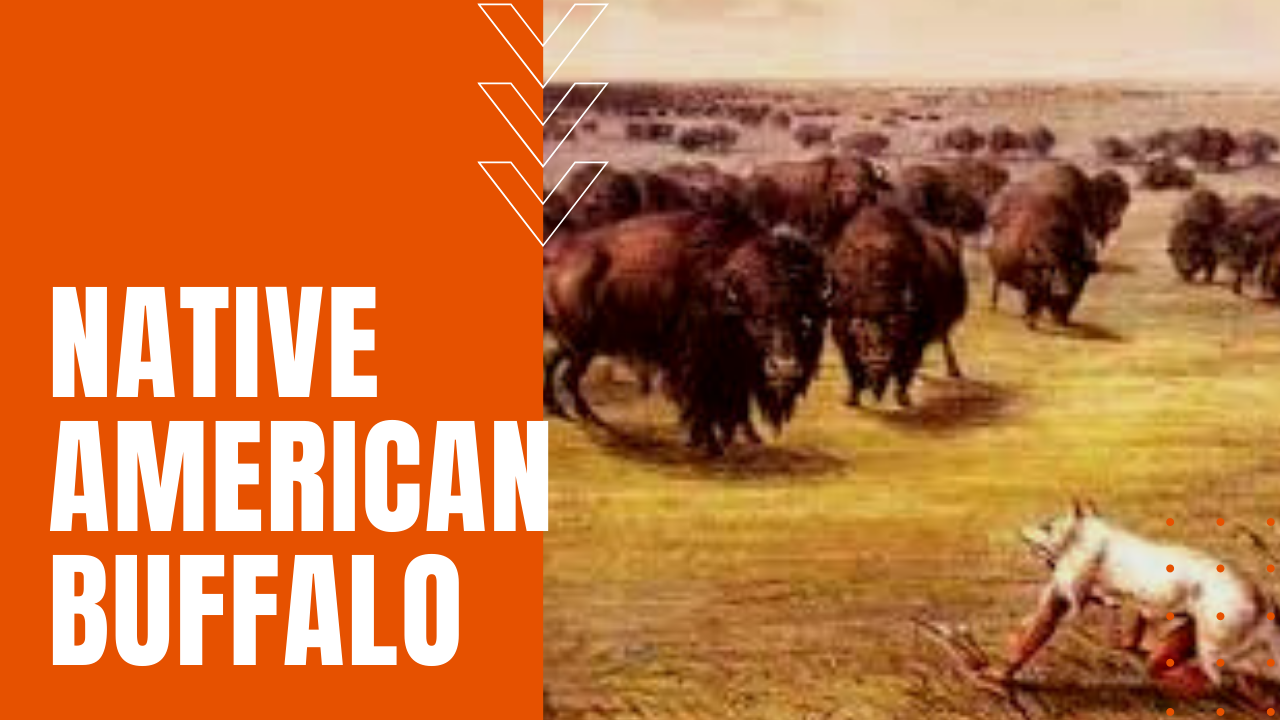Native Americans and the Buffalo

Weighing up to 2,400 pounds yet able to run as fast as 35 miles an hour, the Buffalo or American bison was vital in Native American history for nearly every aspect of their nomadic lives; an interdependence best described in the words of John Fire Lame Deer.
How Did the Slaughter of Buffalo Affect Native Americans?
“The buffalo gave us everything we needed. Without it we were nothing. Our tipis were made of his skin. His hide was our bed, our blanket, our winter coat. It was our drum, throbbing through the night, alive, holy. Out of his skin we made our water bags. His flesh strengthened us, became flesh of our flesh. Not the smallest part of it was wasted. His stomach, a red-hot stone dropped into it, became our soup kettle. His horns were our spoons, the bones our knives, our women’s awls and needles. Out of his sinews we made our bowstrings and thread. His ribs were fashioned into sleds for our children, his hoofs became rattles. His mighty skull, with the pipe leaning against it, was our sacred altar.”
That interdependence came to an end during the American Indian Wars which lasted intermittently until 1924. According to shipping records, from 1872 to 1874, more buffalo were killed on the U.S. Plains than any other decade in history—a whopping 4.5 million animals.
To make matters worse, U.S. government officials began a campaign of destroying bison herds in an effort to defeat Native American’s who resisted the takeover of their lands, prompting General Phil Sheridan to write in a letter to his superiors in 1881,
“If I could learn that every buffalo in the northern herd were killed I would be glad. The destruction of this herd would do more to keep Indians quiet than anything else that could happen.”
General Sheridan
Before the white man’s eradication of the Buffalo, population estimates ranged from 20 to 30 million animals, which by 1884 had been reduced to a mere 325. Thanks to hunting bans and conservation laws imposed by the federal government, buffalos have experienced a resurgence in numbers, totaling an estimated half a million head in 2017, including 5,000 in Yellowstone alone, making the American bison, a sacred ancestral connection in the long annals of Native American history.
